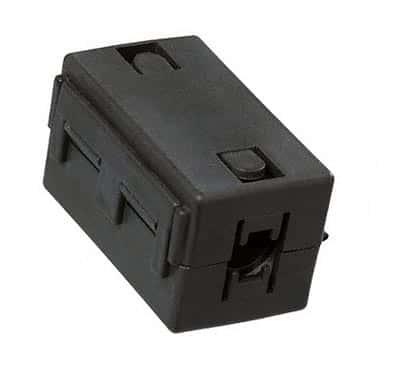Did you know that the innocent looking solenoid could be the basis of an extremely sensitive, accurate and repeatable measuring transducer? Of course, it does not remain as a simple solenoid anymore, two more coils are added to it, and its length may increase. That is about all the changes that are required to transform a solenoid into an LVDT or Linear Variable Differential Transformer.
This common form of an electromechanical transducer converts a linear or rectilinear motion of the object to which it is coupled mechanically, into an electrical signal that can be readily monitored on an oscilloscope. LVDTs not only measure movements that are only a few millionths of an inch, but can also measure positions that vary by +/-20 inches.
The LVDT has a primary winding that is sandwiched between two secondary windings that are identical. The windings are on a one-piece hollow form of a glass-reinforced polymer, which is thermally stable. The whole arrangement is secured within stainless-steel housing.
The moving element is a separate tubular armature core, made of a magnetically permeable metal. This core is moves freely within the hollow bore of the housing. As it is, an LVDT is more like a cross between an electrical transformer and a solenoid.
In operation, the primary winding of the LVDT is energized by an alternating current signal. Part of the flux generated is coupled to the secondary windings because of the core. If the core is exactly mid-way between the two secondary windings, the coupling is equal and an anti-phase connection between the two windings shows a null or no output on the oscilloscope. If the core moves to one side, the secondary winding on that side has a greater coupling, and its output increases, while the output of the other secondary coil falls because of reduced coupling. A corresponding output is visible on the oscilloscope.
The output of an LVDT is the differential voltage between the two secondary windings, and varies linearly with the axial positioning of the core within the hollow bore of the LVDT. In actual practice, the differential voltage is converted to a DC voltage or current, as these are easy to measure using conventional measuring instruments rather than an oscilloscope.
If the output of an LVDT is represented graphically, it is easy to see what makes the whole arrangement such a versatile and sensitive transducer. The null point is a highly defined position and very repeatable. Since the position of the core is defined mechanically, electrical power interruption does not cause the readings to change. The output is highly linear and does not require further conditioning.
Advantages of LVDT
• Since the operating friction is low, it is useful for many applications requiring light loading;
• Can detect very low displacements, is repeatable and is highly reliable;
• Long life due to minimal wear and tear – suitable for critical applications like nuclear, space, etc.;
• Safety from over-travel of the core – the core can come out of the hollow completely without damage;
• Sensitive only in the axial direction – not affected by misalignment or cross-direction movement;
• Core and coil assembly readily separable;
• Rugged, minimal impact of environmental variations, good shock and vibration immunity;
• Responds rapidly to changes in the position of the core.

